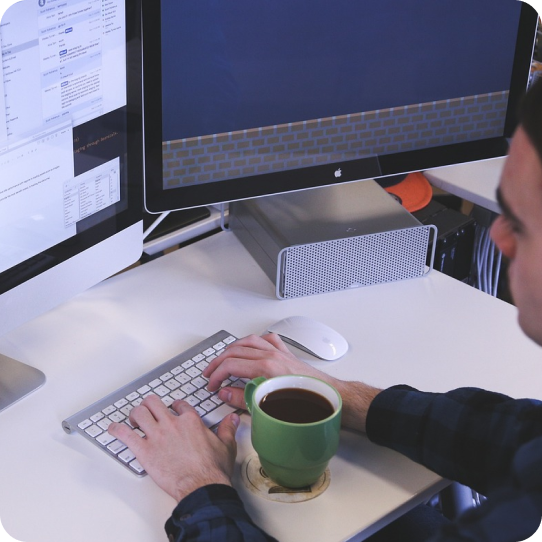Remote Patient Monitoring
Embracing the Future of Remote Patient Monitoring
Remote Patient Monitoring (RPM) is a healthcare practice that utilizes technology to collect and monitor patient health data remotely. It involves the use of various medical devices and digital tools to track patients' vital signs, symptoms, and health-related information from their homes or other remote locations. Here are some key details about Remote Patient Monitoring.
Continuous Health Monitoring
RPM enables healthcare providers to continuously monitor patients' health conditions outside of traditional healthcare settings. Patients use remote monitoring devices such as wearable fitness trackers, blood pressure monitors, glucose meters, and digital thermometers to collect relevant health data.
Promoting Patient Engagement
RPM encourages patients to actively engage in managing their health. Patients can track their own health data and receive personalized feedback and educational resources through remote monitoring platforms. This fosters patient empowerment and adherence to treatment plans.

Remote Patient Monitoring is transforming healthcare delivery by enabling more proactive and patient-centered care. It enhances patient outcomes, improves disease management, and contributes to a more efficient and effective healthcare system. As technology continues to advance, RPM is expected to play an increasingly vital role in patient care and population health management.
Subscribe Now!
Don't miss out on the latest updates, exclusive offers, and valuable insights. Subscribe now to stay connected with VirtuMD.